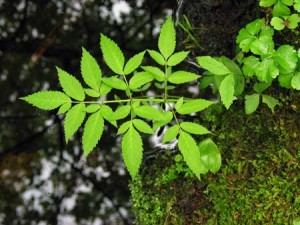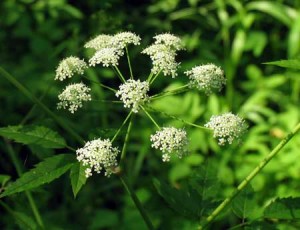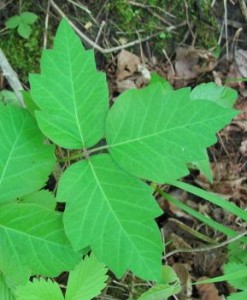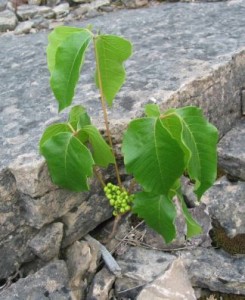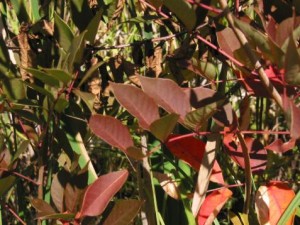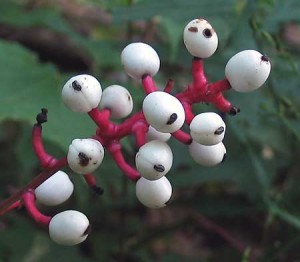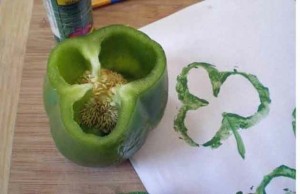5 Earth Day Activities for Kids
/April 22nd is Earth Day, a day to celebrate nature, get outside, purposely do something “green,” and it's a great opportunity to teach children how they can do their part to help preserve and protect our planet. And while crafts can be a fun way to learn about Earth Day, getting your children involved (and outside) is even more fun!
Plant a tree
When my daughter was one we started an apple tree from seed. We nurtured it indoors until it was ready to be planted outside and now it’s the same height as her. There is nothing more educational or rewarding then watching a tree sprout and grow from seed or seedling. If you plant a tree, take the time to explain to your children why trees are so important (their ability to absorb carbon dioxide), and let them know it will grow up just as they do. My daughter loves measure herself against our little apple tree.
Build a bat house
I got the idea to build a bat house from the Wild Kratts, but I love it because it gets kids closer to a creature some may find scary. Building a bat house is not hard (here is a link to the bat house mentioned in the Wild Kratts). As with tree planting, building a bat house is a great opportunity to teach kids where bats fit into our ecosystem and why they are important. They eat insects and in many parts of the world they are also plant pollinators.
Collect garbage
Grab some garbage bags, put on some gloves and head to your local parks and trails and start cleaning up! The windy winter always leaves a lot of garbage behind—Earth Day is a great opportunity to get outside and clean up the neighbourhood. While picking up garbage you can explain how garbage can be damaging to wildlife, including how they can get stuck in plastic containers or cut themselves on glass.
Plant a monarch butterfly garden
Monarch butterflies are endangered, so why not plant a monarch butterfly garden and teach kids what plants they are attracted to and why butterflies are important! Plant some milkweed so the monarch butterfly can lay its eggs on it and so their caterpillars have something to eat (did you know they only like milkweed? Luckily, many garden centres now sell this once hard to find plant seed). Like bees, butterflies are pollinators, so their existence is very important to the survival and success of our own food sources.
Have an earth day scavenger hunt
This is a great activity for younger kids. Create a scavenger hunt based on things found in nature, such as pinecones, rocks, flowers, and leaves. A nature-based scavenger hunt is a good way to help younger children learn more about nature as well as get them outside! Another idea is to go to your local library and find a bird watching book, then go for a hike and see how many kinds of birds you can spot and make a list!
There are many ways to get your children involved in learning about, appreciating, and protecting our earth. It can be as easy as religiously recycling, using reusable bags and making a conscious effort to conserve water. By taking the time to teach them now, they will hopefully carry this knowledge with them and share it for generations to come.
How do you celebrate nature and make Earth Day fun and educational for your kids?



